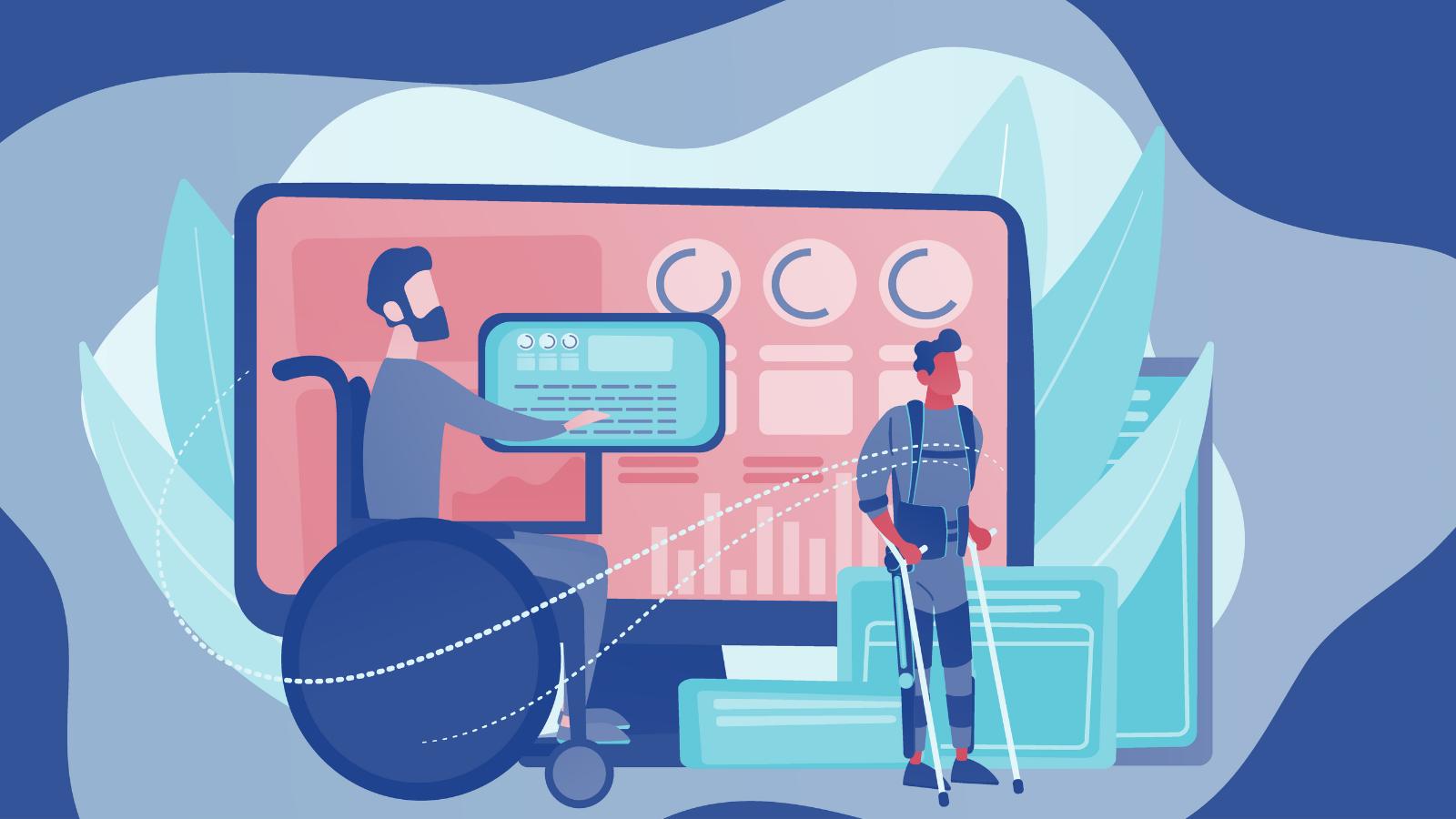Associate Professor Angelina Chin teaches history, but she’s just as focused on the future—especially when it comes to assistive technologies.
Chin became interested in the subject, particularly as it pertains to people who are disabled and the elderly, more than a decade ago when she was working on her first book, which focused on the concept of “women’s emancipation” in South China during the early 20th century. During her research, Chin learned about blind women singers who worked in tea houses during the 1920s, and she became intrigued by the topic of disability and its connection to sexuality, the body and human rights.
She’s also a fan of Japanese pop culture, and as an extension of her research, has been paying attention to the development of high-tech robots and humanoids Japanese engineers are inventing for use in homes to help the elderly and children with autism.
“I became interested in the implications of assistive technologies and robots for care work, and I also noticed that there are robots in China as well,” Chin says. “The general phenomenon of the aging society is there are more people who are considered to be elderly—over the age of 65—and there is a shortage of care workers in the labor market, so I think robots were perceived as a solution to this problem of an aging society, in addition to migrant workers.”
Wanting to study these assistive technologies in depth, Chin participated in two major projects in 2019 and 2020. First, as part of the EnviroLab Asia initiative through the Claremont Colleges, she took a group of students to Japan where they learned about universal design and accessibility and collaborated with the Osaka Institute of Technology’s Robotics Department. She also received an Abe Fellowship to continue her research of assistive technologies for the elderly and people with disabilities in Japan and China. Because of COVID-19, Chin had to leave Japan early and return to the United States.
“The direction of the research has changed a bit since then,” Chin says. “Instead of doing a comparison between Japan and China, now I am interested in writing about the global history of assistive technologies, starting with East Asia. The definition of assistive technologies has also expanded. Originally I was interested in robots and AI technologies, but after going to Japan in 2019 with the Abe Fellowship, I discovered a wide variety of assistive technologies, some that we would say are low-tech devices, like utensils that can bend or have an extended handle to help people with limited mobility.”
Chin found that these devices “tend to be invented by locals, sometimes retired engineers. I also found that there are global connections to these assistive devices; some might have gotten their ideas from Denmark or Sweden. In Japan, for example, their idea of having these assistive technologies came from the concept of independent living and that movement was influenced by the United States. Many inventors of assistive devices visited Berkeley in the 1980s and became disability rights advocates.”
Her research is part of a “broad project,” Chin says, and in addition to writing articles based on what she’s learned and presenting her findings before panels, she is also developing a website to teach the public about different types of assistive technologies, sharing how they were created and the visions of their inventors.
“I think this is connected to what I have always been doing as a historian: writing stories about the past,” Chin says. “Here, I’m writing stories about designers and creators of assistive devices and also the history of consciousness—what did they think about the rights of citizens, and how have people conceptualized independence and quality of life in modern history.”
The connection between Pomona and the Osaka Institute of Technology also continues. On September 26, 12 of Chin’s students and five students from the OIT’s Life Support Robot System Lab met virtually for a discussion focusing on ways to improve the quality of college life amid the COVID-19 pandemic. The OIT students showed prototypes of robots that could lead remote instruction and disinfection efforts and fielded questions and feedback from Pomona students, who noted that in a liberal arts college where there is a smaller group interaction, an instructional robot may not be the best solution.
“This exercise allowed them to see the cultural differences in everyday life, and that’s why such collaboration is invaluable to students from both sides,” Chin says. “It really helps them think about the ideas of inclusivity and accessibility, as we also have to think about language barriers and cultural barriers when we interact with students from another country.”
